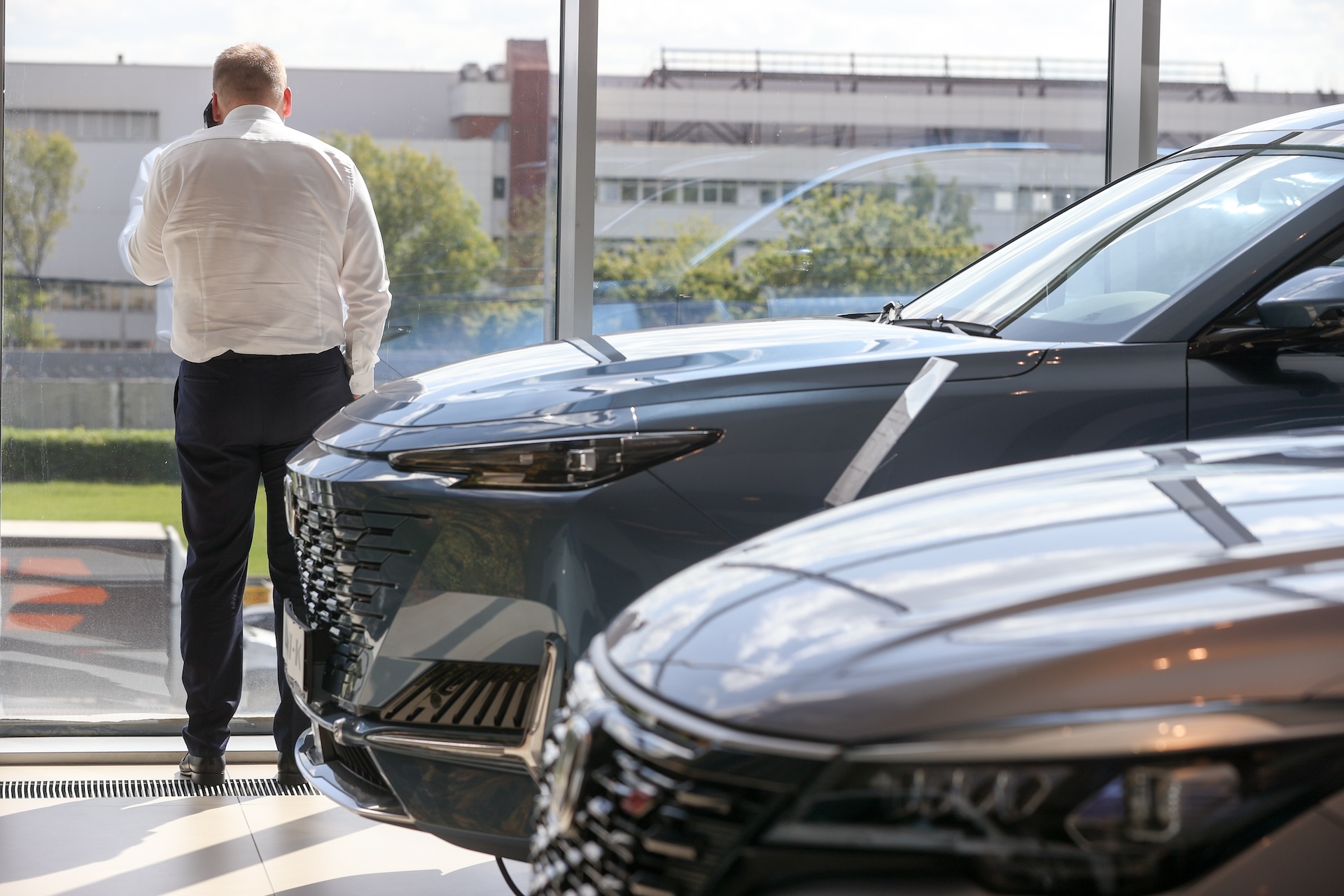
According to the plans of car manufacturers, Russian dealers will have to sell about 2,000,000 new cars in 2024. However, experts from the Russian Automobile Dealers Association (ROAD) consider this unfeasible for a number of reasons, which will have a negative impact on the companies’ activities.
As Izvestia reports with reference to ROAD, it is unlikely that dealers will be able to achieve next year’s new car sales plan. This is due to the increase in the Central Bank’s policy rate, and consequently higher loan prices, and the increase in car prices itself. As a result, experts believe that by the end of next year we can expect the termination of contracts between car manufacturers and dealers due to failure to deliver on plans – and subsequent bankruptcies. Dealers do not have the option to refuse to comply with or change the “standards”.
When drawing up a sales plan, brand representatives place a corresponding production order, after which the cars are manufactured and shipped to dealers after some time, the Road Safety Inspectorate explains. They are stored in a warehouse, but rising interest rates on loans also make the maintenance of these machines more expensive.
By the way, there are already 175,000 new Chinese cars in the warehouses that are not being sold for the reasons mentioned above. To achieve the plan and keep the company afloat, dealers are forced to charge consumers extra services or sell cars at a loss, experts say. Otherwise they will inevitably go bankrupt.
As Izvestia reports with reference to ROAD, it is unlikely that dealers will be able to achieve next year’s new car sales plan. This is due to the increase in the Central Bank’s policy rate, and consequently higher loan prices, and the increase in car prices itself. As a result, experts believe that by the end of next year we can expect the termination of contracts between car manufacturers and dealers due to failure to deliver on plans – and subsequent bankruptcies. Dealers do not have the option to refuse to comply with or change the ‘standards’.
When drawing up a sales plan, brand representatives place a corresponding production order, after which the cars are manufactured and shipped to dealers after some time, the Road Safety Inspectorate explains. They are stored in a warehouse, but rising interest rates on loans also make the maintenance of these machines more expensive.
By the way, there are already 175,000 new Chinese cars in the warehouses that are not being sold for the reasons mentioned above. To achieve the plan and keep the company afloat, dealers are forced to charge consumers extra services or sell cars at a loss, experts say. Otherwise they will inevitably go bankrupt.
Source: Avto Vzglyad
Donald Salinas is an experienced automobile journalist and writer for Div Bracket. He brings his readers the latest news and developments from the world of automobiles, offering a unique and knowledgeable perspective on the latest trends and innovations in the automotive industry.














